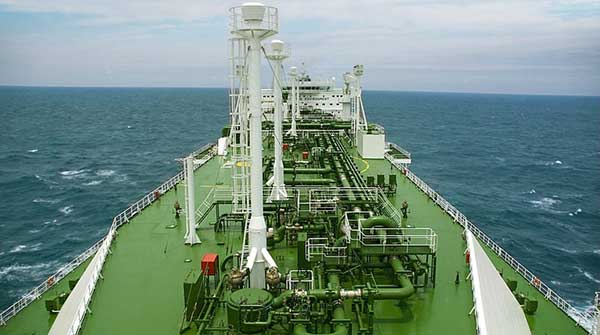Ksi Lisims LNG to benefit First Nations while helping reduce world emissions
 The Nisga’a Nation and its partners in a major proposed liquefied natural gas (LNG) project in British Columbia have been granted federal approval for exports through 2060 and beyond.
The Nisga’a Nation and its partners in a major proposed liquefied natural gas (LNG) project in British Columbia have been granted federal approval for exports through 2060 and beyond.
The $10 billion Ksi Lisims LNG project, a floating terminal to be located about two kilometres from the Alaska border, has received a 40-year export license from the Canada Energy Regulator (CER).
Ksi Lisims is seen as an opportunity to provide both economic benefits for Indigenous communities and to help reduce global greenhouse gas emissions.
“The project has the potential to support the Nisga’a Nation and other Indigenous Nations’ goals of responding to climate change while allowing for economic development,” the project description says.
 |
| Related Stories |
| Canada missing a critical opportunity in the LNG market |
| Attempts to discredit LNG miss the mark |
| Indigenous-owned Canadian LNG project advances
|
Driven by rising use in Asia, global LNG demand is expected to nearly double in the next two decades, reaching 700 million tonnes in 2040 compared to 380 million tonnes in 2021.
Ksi Lisims would have an export capacity of 12 million tonnes per year. It is one of the Canadian projects that, if built, could help reduce emissions in Asia by 188 million tonnes of CO2 equivalent per year – or the annual impact of taking 41 million cars off the road, according to Wood Mackenzie.
The Nisga’a Nation says it has been working since 2014 to develop an LNG project in its treaty territory.
“The Nisga’a Nation, like most rural Indigenous communities, struggles with consistently lower employment and labour force participation rates,” the project description says.
“The direct and indirect economic benefits provided by the project will reduce social and economic disparities, improve the quality of life for all Nisga’a citizens, and enable the Nisga’a Nation to pursue economic self-determination.”
The nation’s partners in Ksi Lisims are a consortium of B.C. and Alberta natural gas producers called Rockies LNG and a subsidiary of Houston-based LNG developer Western LNG.
Startup is targeted by the end of 2027, which under the CER license would allow exports through 2067.
Before the project can proceed, it will require federal and provincial approvals as well as an assessment under the Nisga’a Treaty.
Ksi Lisims would have broad benefits. Initial estimates are that the project would generate 21,000 employment opportunities across Canada, $890 million in annual provincial and federal tax revenues, and approximately $2.5 billion in annual gross domestic product.
The floating terminal is designed to operate with net zero greenhouse gas emissions. This will be achieved by the short shipping time to Asian markets, using renewable hydropower from B.C.’s electrical grid, and low-carbon Canadian natural gas that is subject to strong methane emissions regulations.
Central to the CER’s consideration of the long-term export license is whether the project would impact the availability of natural gas for the needs of Canadians into the future.
“The presently assessed resource, Canadian and North American, from which Canadians’ gas requirements will be met during the applied-for license term is enormous, approximately some 5,000 trillion cubic feet,” the CER said.
“Demand will drive production, rather than production being constrained by the resource.”
Deborah Jaremko is director of content for the Canadian Energy Centre, an Alberta government corporation funded in part by taxes paid by industry on carbon emissions.
For interview requests, click here.
The opinions expressed by our columnists and contributors are theirs alone and do not inherently or expressly reflect the views of our publication.
© Troy Media
Troy Media is an editorial content provider to media outlets and its own hosted community news outlets across Canada.

